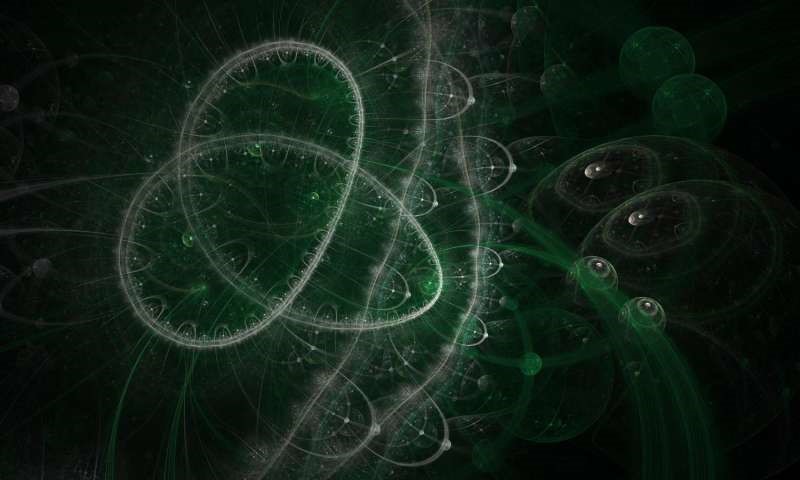
By Heather Hamilton, contributing writer
For the first time, researchers have achieved counterfactual communication, a type of quantum communication in which no particles travel between two recipients. According to the World Economic Forum, regular quantum teleportation is based on the principle of entanglement, or what happens when two particles are linked such that something happening to one of them will affect the other. Scientists have used this form of communication to send messages across significant distances, but it still relies on the transfer of particles.
Direct counterfactual quantum communication instead relies on the quantum Zeno effect, which occurs when an unstable quantum system is measured repeatedly. When a system is measured, it changes, and in the case of counterfactual quantum communication, unstable particles cannot decay while they’re being measured. The quantum Zeno effect creates a system that is essentially frozen. In other words, particles remain linked regardless of distance.
The transfer of a quantum state to another site without any particle transfer requires that a quantum channel run between two sites, leaving open the possibility that a quantum particle will cross the channel, causing the system to be discarded and a new one set up.
Researchers at the University of Science and Technology of China placed two single-photon detectors in the output ports of the last of an array of beam splitters to create the complex system.
Thanks to the quantum Zeno effect, the system freezes, making it possible to predict which of the detectors click when photons pass through. Then nested interferometers measure the system’s state to ensure that it does not change.
In the quantum world, light particles are fully described by wave functions. By embedding messages in light, researchers transmit messages without sending particles directly.
“In the 1940s, a new imaging technique — holography — was developed to record not only light intensity but also the phase of light,” the team wrote in Proceeding of the National Academy of Sciences. “One may then pose the question: Can the phase of light itself be used for imaging? The answer is yes.”
In an article on Phys.org, the researchers describe the process: “Alice transfers a single photon to the nested interferometer; it is detected by three single photon detectors — D0, D1, and Df. If D0 or D1 click, Alice concludes a logic result of one or zero. If Df clicks, the result is considered inconclusive and is discarded in post-processing. After the communication of all bits, the researchers were able to reassemble the image — a monochrome bitmap of a Chinese knot. Black pixels were defined as logic 0, while white pixels were defined as logic 1.”
Implications for the research include quantum communications, obviously, but also the imaging of sensitive artifacts unable to withstand direct light, according to World Economic Forum.
Next, external researchers will vet the research to ensure that it is, indeed, an example of counterfactual quantum communication.
Sources: World Economic Forum,Proceeding of the National Academy of Sciences,Phys.org
Image Source: Pixabay
Advertisement
Learn more about Electronic Products Magazine





